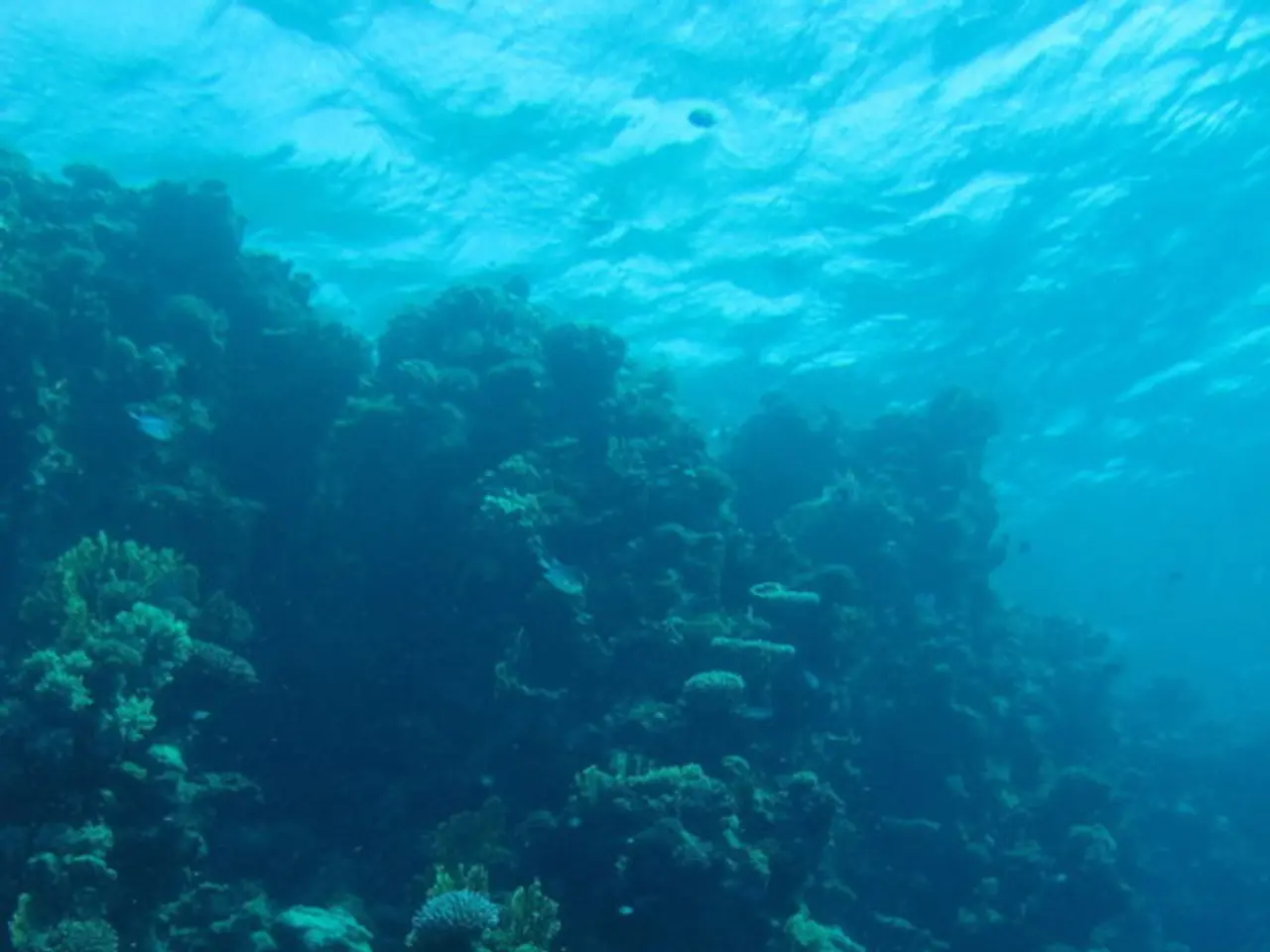Environmental catastrophe threatens widespread decrease in common species populations
In a recent study published in the journal "Nature Microbiology", researchers have raised concerns about the future of Prochlorococcus, the smallest and most abundant photosynthetic organism on Earth, and a key player in the production of oxygen in our atmosphere.
Prochlorococcus, too small to be seen with the naked eye, lives in the upper layers of the oceans and is estimated to produce a fifth of the newly created oxygen in Earth's atmosphere. It inhabits over 75 percent of the sunlit ocean surface worldwide, and makes up almost half of the phytoplankton biomass in nutrient-poor tropical and subtropical waters.
The study suggests that under moderate and high warming scenarios, up to half of the population of Prochlorococcus could disappear by 2100. This could be due to regional sea surface temperatures exceeding the range where Prochlorococcus thrives, potentially reaching 30 degrees.
Previous studies have shown a high genetic diversity among Prochlorococcus's different strains, but the organism's small genome might limit its ability to adapt to rapid warming. Previously, scientists assumed that Prochlorococcus would show strong growth even at higher temperatures, but it has been found to be more sensitive to high temperatures than previously thought.
The sampling in the study was restricted to surface layers, and the implications for deeper layers are not considered. Re-colonization from deeper, cooler layers after a heatwave and the death of a large part of the Prochlorococcus population is not accounted for in the study.
The decline of Prochlorococcus could trigger chain reactions in marine food webs, researchers fear. The similarly tiny cyanobacterium Synechococcus could potentially fill the ecological niche that Prochlorococcus might leave behind at higher water temperatures.
It's important to note that the measurement method used in the study is considered outdated. The depths studied to investigate the adaptability of Prochlorococcus to climate change in tropical and subtropical seas are typically from the surface down to the deep euphotic zone, often ranging between 0 to about 200 meters.
The study's results have some limitations, as measurements have been taken only in limited marine areas and less common heat-tolerant variants have not been adequately captured. However, the findings underscore the need for further research into the impact of climate change on Prochlorococcus and its role in the Earth's ecosystem.
The study adds to a growing body of evidence suggesting that climate change could have profound effects on marine life and the planet as a whole. As we continue to monitor and study these changes, it's crucial that we take steps to mitigate the effects of climate change and protect the delicate balance of our ecosystems.








